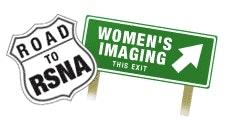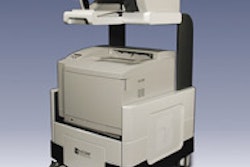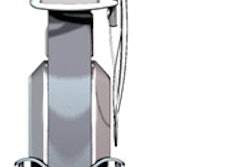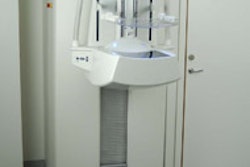Because it is used to test for as-yet-undetected disease, breast cancer screening brings out the conservative in everyone, from the FDA to the physicians who work in women's health. And although it's the gold standard for early detection and diagnosis of breast cancer, x-ray mammography does have limits: It's not as effective with dense, fatty, or surgically altered breasts.

Mammography's sensitivity and specificity limits with particular kinds of breast tissue have real consequences in terms of follow-up, particularly biopsy. If only 20% to 25% of biopsies performed yield a cancer diagnosis, the majority of biopsies are falsely indicated. That means everyone -- from radiologists to the women themselves -- have a stake in refining breast screening and diagnosis technology as much as possible.
In light of these factors, vendors continue to explore how other imaging modalities and technologies such as ultrasound, MRI, nuclear medicine, and CAD can help doctors track high-risk women and gather further diagnostic information after a suspicious mammogram.
 Compare multiple FFDM systems instantly. Click here |
Their efforts are supported by a growing body of clinical research: A study in the October issue of the American Journal of Roentgenology found that MRI is considerably more sensitive than mammography for detecting multiple malignant foci in women with extremely dense breasts. In another October study, published in Radiology, researchers at the University of Michigan Medical Center in Ann Arbor found that radiologists were more accurate at judging malignant lesions with CAD, reducing the number of unnecessary biopsies and improving their ability to correctly order positive biopsies.
Market research and consulting firm Frost & Sullivan of San Jose, CA, estimates the 2004 mammography equipment market at $250 million, with full-field digital mammography (FFDM) systems producing $116 million in sales.
In new technology developments likely to be seen at the RSNA show, vendors are upgrading productivity features on their systems, focusing on ergonomics, ease of use, workflow advantages with FFDM systems, and the ability to share and archive data easily. Some productivity innovations include generic digital mammography workstations that can receive and review data from any FFDM system, as well as systems that allow doctors to perform biopsies immediately following a mammography exam.




















